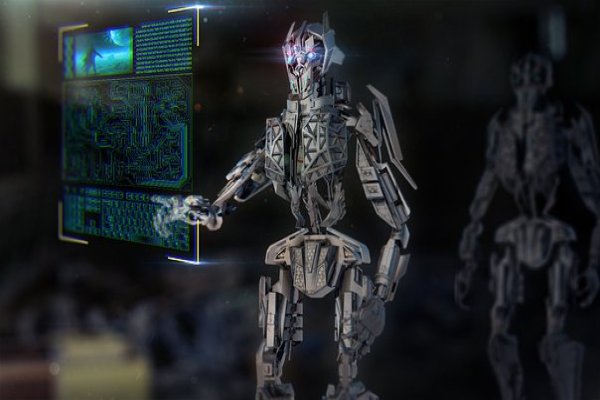Humans have been captivated by the notion of aliens for a long time; evidence of this can be seen in the abundance of films, TV programs, and books dedicated to them. Exploring life beyond Earth has made great strides in recent years, although it is still in its infancy. Our investigations have even extended out into Space via remote means.
In recent years, global space agencies such as NASA and CNSA have launched rovers to Mars to facilitate the search for life from a distance. Nevertheless, the success rate of this kind of random exploration has been unsatisfactory.
The Search for Extraterrestrial Intelligence Institute is looking into using artificial intelligence to uncover possible extraterrestrial life on Mars and other cold planets.
A recent SETI study has suggested that AI could be utilized to discover microbial life within the icy oceans of other planets, as reported by Space.
A recently published paper in Nature Astronomy outlined the process of teaching a machine-learning system to analyze data for any potential signs of microbial life or other uncommon characteristics that might suggest extraterrestrial life.
A multidisciplinary team of scientists, led by SETI’s Kim Warren-Rhodes, Michael Phillips from Johns Hopkins Applied Physics Lab, and Freddie Kalaitzis from the University of Oxford, has used a machine learning algorithm convolutional neural networks (CNNs) to map sparse lifeforms on Earth.
The system devised by them achieved an accuracy of 87.5 percent in recognizing statistical ecology and AI-detected biosignatures, which is much higher than the mere 10 percent rate of random searches. The researchers have declared that this will potentially reduce the area under search by 97 percent, thus making it simpler for scientists to find probable indicators of life forms on chemicals.
To start, they trialed their system on the meager organisms that inhabit salt domes, stones, and crystals of Salar de Pajonales at the junction of Chile’s Atacama Desert and Altiplano.
Warren-Rhodes and his team acquired over 8,000 pictures and 1,000 samples from Salar de Pajonales to look for photosynthetic microorganisms that could form a biosignature on NASA’s “ladder of life detection” when attempting to detect life beyond Earth.
The region was investigated using simulated images of the Martian terrain generated by drone imagery, replicating the High-Resolution Imaging Experiment camera aboard NASA’s Mars Reconnaissance Orbiter.
It was determined that the presence of microorganisms in the area is focused on areas of peak biological activity which are closely linked to the accessibility of water.
It has been suggested that the machine learning technologies created could be employed for robotic planetary missions such as NASA’s Perseverance Rover. These tools can direct rovers to zones likely to contain signs of extraterrestrial life, even if they are scarce or concealed.
Warren-Rhodes says:
“With these models, we can design tailor-made roadmaps and algorithms to guide rovers to places with the highest probability of harbouring past or present life — no matter how hidden or rare,”
The use of Artificial Intelligence in the search for alien lifeforms on Mars and other planets is a promising avenue for astrobiology research. The collaborative synergy of AI and human expertise and advancements in data analysis and processing capabilities opens up new horizons for exploring life beyond Earth. As AI continues to evolve, it holds great potential to accelerate our search for answers to one of the greatest questions in science: are we alone in the universe?
Source: WION



